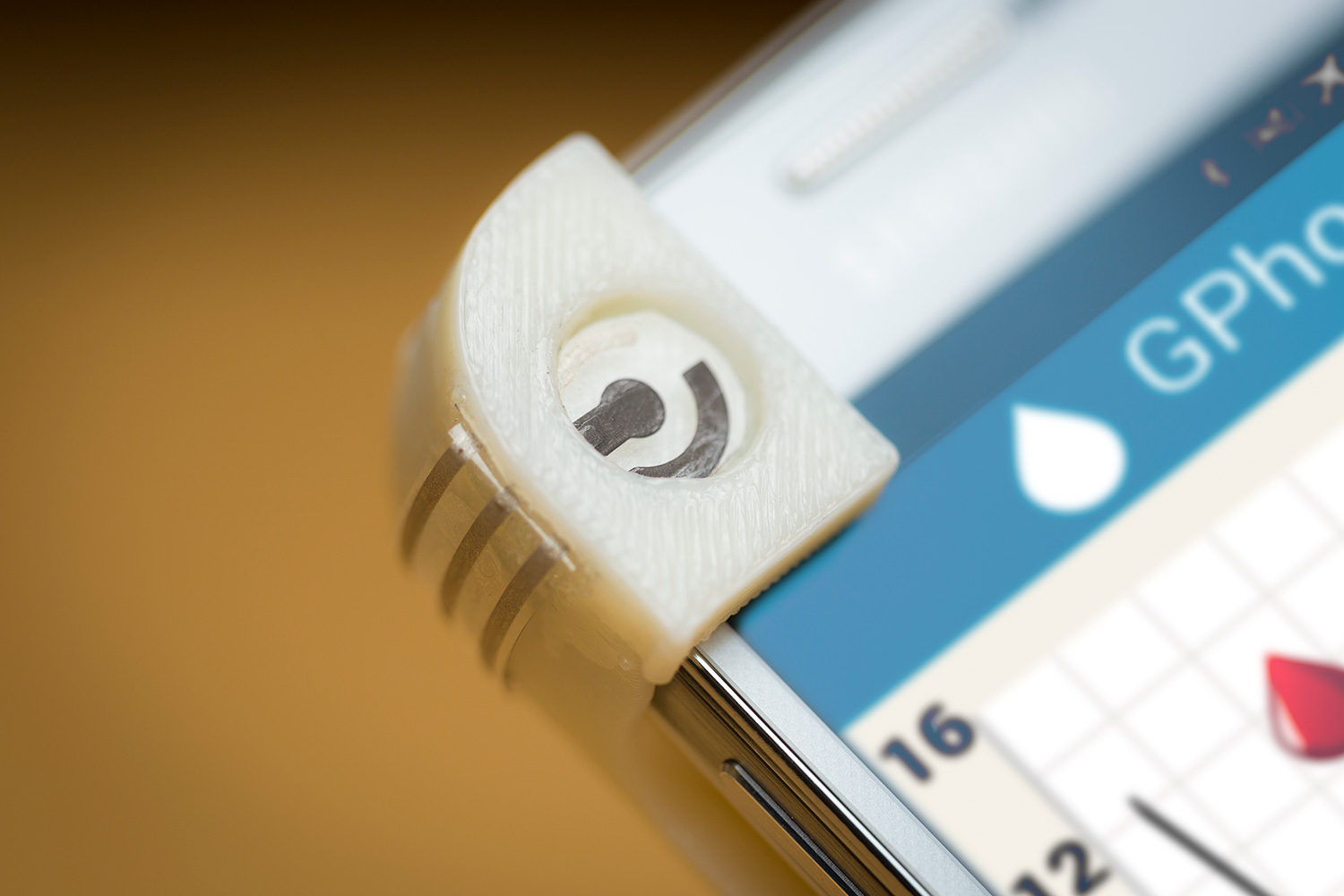 Choosing and Using Diabetes Test Strips: A Helpful Guide
Choosing and Using Diabetes Test Strips: A Helpful Guide
What is a Diabetes Test Strip?
Before we dive into the tips for choosing and using diabetes test strips, let’s first understand what they are. Diabetes test strips, also known as glucometers, are small disposable strips used in conjunction with a portable machine to measure the glucose level in a person’s blood. It’s an essential tool for individuals managing type 2 diabetes at home.
How to Choose the Best Diabetes Test Strips
Now that you know what diabetes test strips are, let’s explore some tips for choosing the best ones:
1. Research the Brands and Costs
Start by researching the different brands of glucose test strips available on the internet. Look into their costs, availability, and compatibility with the glucometer recommended by your healthcare provider. While some well-known brands may be more reliable, they could also be more expensive. It’s crucial to find a balance between cost and quality.
2. Compatibility with Your Glucometer
Ensure that the test strips you purchase are compatible with your current glucometer. Using test strips from a different brand may result in inaccurate readings. Refer to your glucometer manual or consult your healthcare provider for recommendations on compatible brands.
3. Stick to Brand-Specific Refills
To maintain accuracy, it’s advisable to stick to the same brand and type of test strips specified by the manufacturer whenever you need to restock. Even small variations in design or chemical composition can impact the accuracy of the readings.
4. How to Buy
You can easily purchase glucose test strips over the counter at pharmacies or through online platforms. Buying online can offer convenience and sometimes cost-effectiveness, but ensure that you choose a trustworthy source to avoid counterfeit products.
5. Check Expiry Dates
Always be cautious about the expiry dates of test strips before making a purchase. Using expired test strips can lead to incorrect results. If you buy in bulk, make sure you will use the strips before they expire.
6. Proper Storage Conditions
Proper storage is crucial for maintaining the accuracy of test strips. Store them in a cool, dry place away from sunlight and moisture, following the manufacturer’s storage instructions.
7. Seek User Reviews and Recommendations
Before making a final decision, search for user testimonials or recommendations. Hearing from other users can provide valuable insights into the reliability and user-friendliness of different brands of test strips.
Conclusion
Regularly measuring your blood sugar level is an important aspect of managing type 2 diabetes at home. By choosing the right diabetes test strips and using them correctly, you can ensure accurate readings and better monitor your condition. Remember to consult your healthcare provider for specific recommendations and guidance. With the right tools and information, you can take control of your diabetes management journey.

